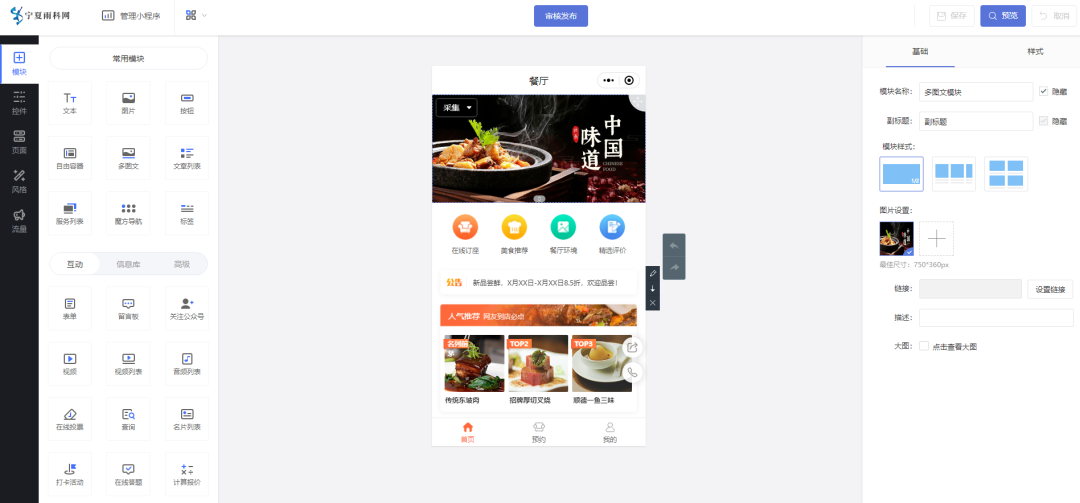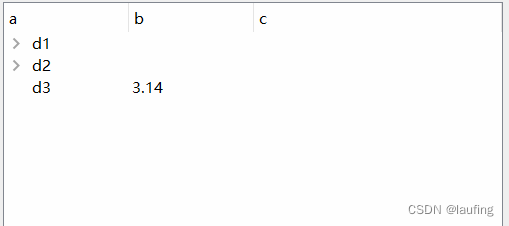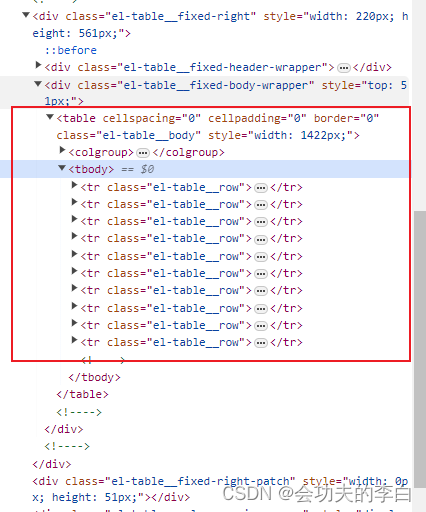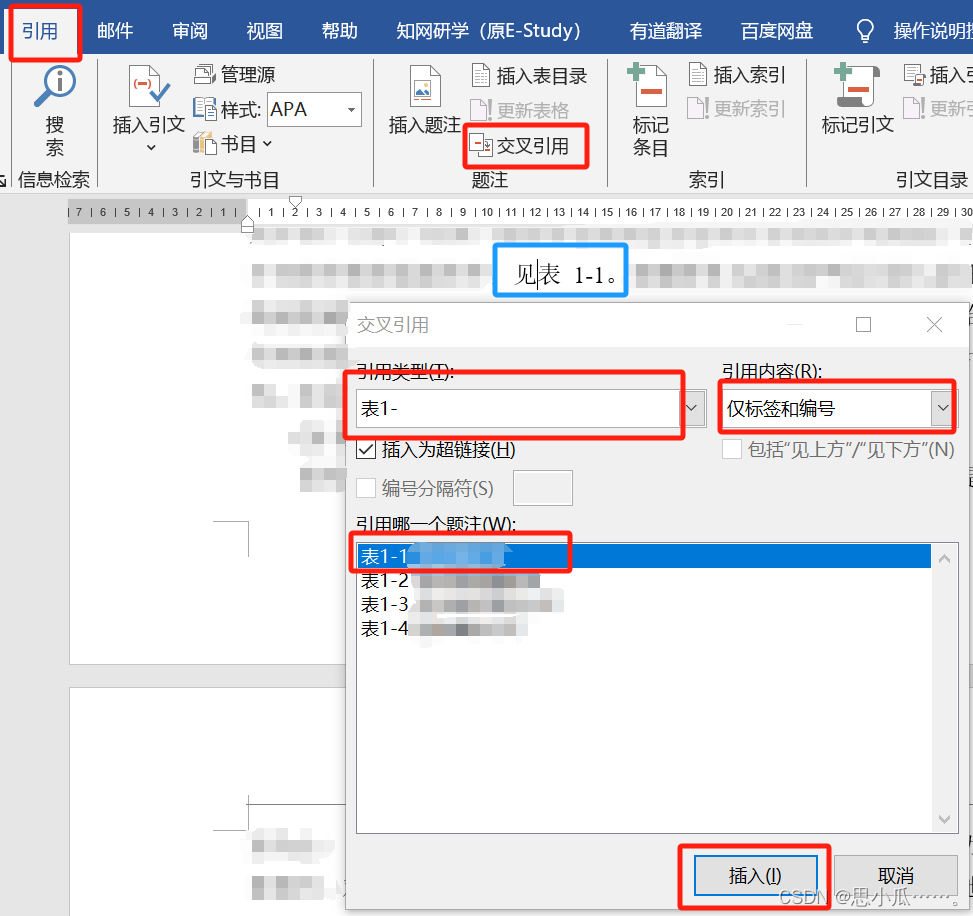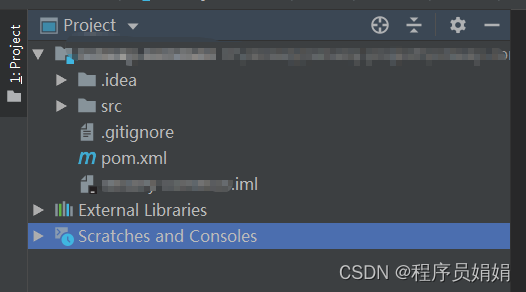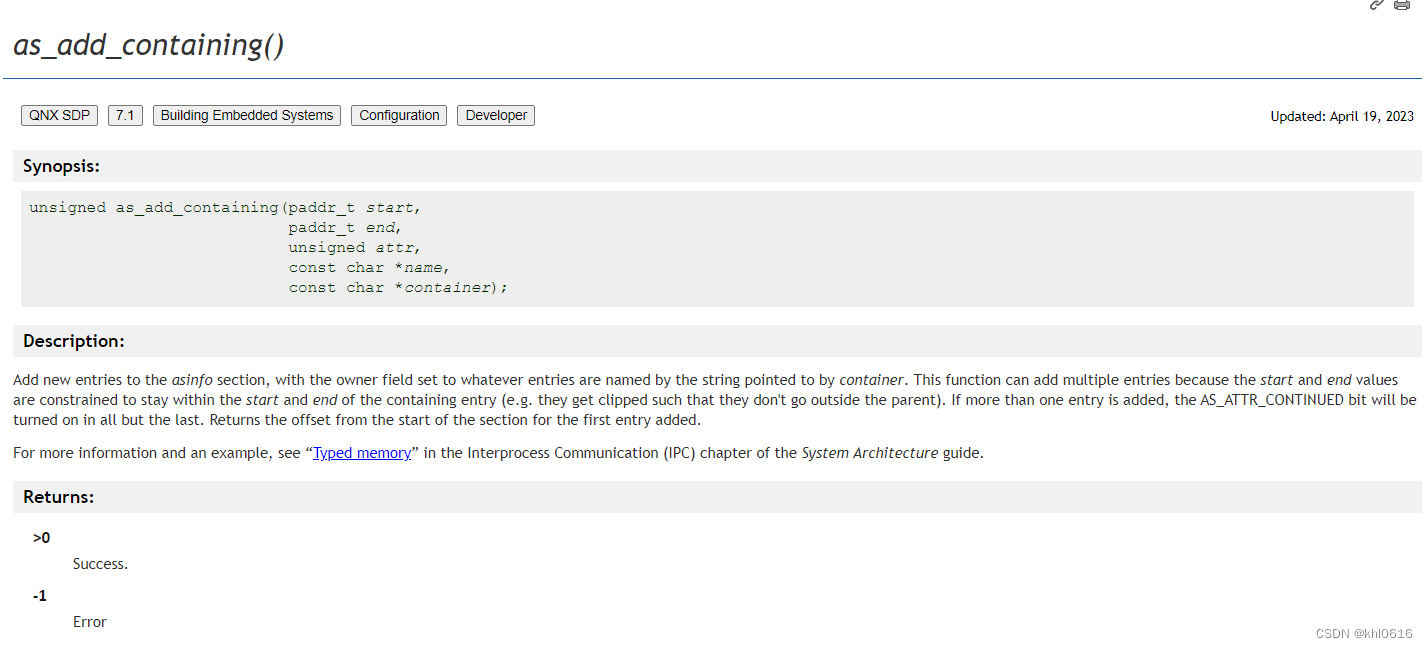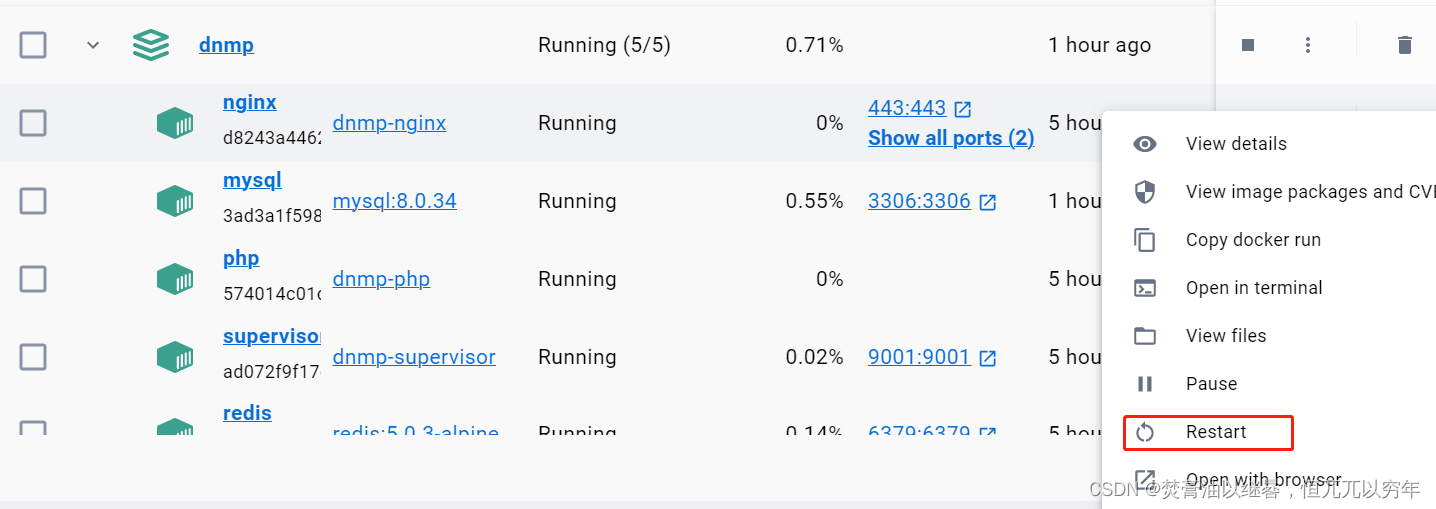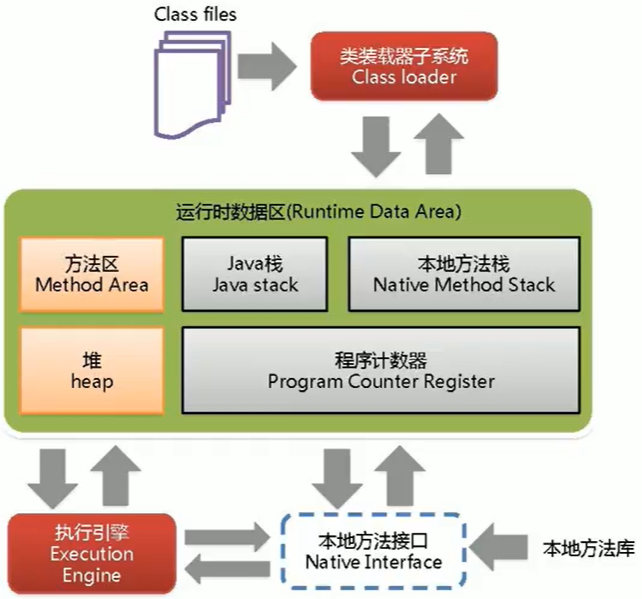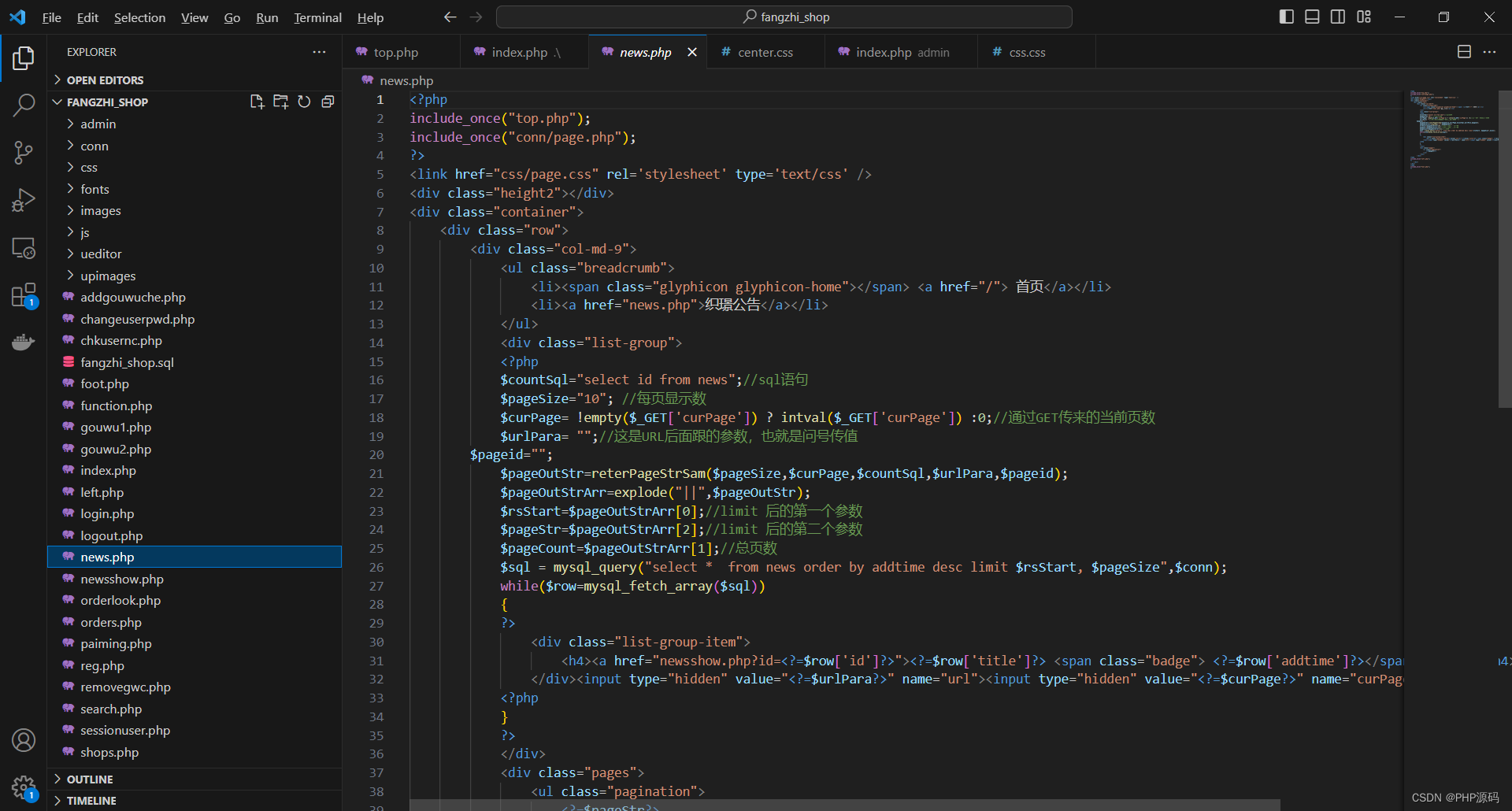vue3路由总结
- vue3路由
- 安装和引入:
- 路由配置、创建 Router 实例:
- 导航守卫
- 使用路由
- 返回上一个页面没有跳转指定页
vue3路由
Vue3 路由是 Vue.js 3.x 版本中用于管理页面跳转和导航的模块。它基于 Vue Router 4.x,相较于 Vue2 的路由机制,Vue3 路由在功能和用法上都有一些改进和变化。
安装和引入:
在 Vue3 中,可以通过 npm 进行安装
npm install vue-router@next
路由配置、创建 Router 实例:
在 Vue3 中,路由配置通常在一个单独的 router.js 或 router/index.js 文件中进行。配置对象包含了所有路由的信息,例如路径、组件等。
动态导入可以在运行时加载模块,而不是在程序启动时加载所有模块。这在处理大型应用程序或仅在需要时加载特定模块时非常有用。示例:
import { createRouter, createWebHistory } from 'vue-router'
const Home=()=>import(/* webpackChunkName: "about" */ '../views/home/index.vue')
const Category=()=>import(/* webpackChunkName: "about" */ '../views/category/CategoryComponent.vue')
const Detail=()=>import(/* webpackChunkName: "about" */ '../views/detail/DetailComponent.vue')
const Profile=()=>import(/* webpackChunkName: "about" */ '../views/profile/ProfileComponent.vue')
const ShopCart=()=>import(/* webpackChunkName: "about" */ '../views/shopcart/ShopCart.vue')
const routes = [
{
path: '/',
name: 'home',
component: Home,
meta:{
title:'图书兄弟'
}
},
{
path: '/category',
name: 'Category',
component: Category,
meta:{
title:'图书兄弟-分类'
}
},
{
path: '/detail',
name: 'Detail',
component: Detail,
meta:{
title:'图书兄弟-商品详情'
}
},
{
path: '/shopcart',
name: 'ShopCart',
component: ShopCart,
meta:{
title:'图书兄弟-购物车'
}
},
{
path: '/profile',
name: 'Profile',
component: Profile,
meta:{
title:'图书兄弟-个人中心'
}
},
]
const router = createRouter({
history: createWebHistory(process.env.BASE_URL),
routes
})
//导航守卫
router.beforeEach((to,from,next)=>{
//如果没有登录,这里跳转login
//跳转逻辑
next();
document.title=to.meta.title
})
export default router
参数解释:
{
path: ‘/’,
name: ‘home’,
component: Home,
meta:{
title:‘图书兄弟’
}
path: 这个属性定义了路由的路径。当用户访问这个路径时,对应的组件(在component属性中定义)将被渲染。在这个例子中,路径是’/',意味着当用户访问应用的根路径时,Home组件将被渲染。
name: 这个属性给路由起了一个名字,通常用于在嵌套路由或编程式导航中引用该路由。在这个例子中,路由的名字是’home’。
component: 这个属性定义了当访问该路由时需要渲染的组件。在这个例子中,Home组件将被渲染。
meta: 这个属性是一个包含各种元数据的对象,这些数据可以在路由守卫、路由组件等地方被访问和使用。在这个例子中,meta对象包含一个title字段,它的值是’图书兄弟’。这个值可能被用于页面的标题或其他需要显示的地方。
导航守卫
这个函数可以用于在每次路由改变之前执行一些操作,例如检查用户是否已经登录。
router.beforeEach((to, from, next) => {
// 检查 to.meta.title 是否存在
if (to.meta && to.meta.title) {
document.title = to.meta.title;
} else {
// 如果没有 title,你可以设置一个默认的标题,或者直接跳过这个操作
document.title = 'Default Title';
}
// 如果没有登录,这里跳转 login
if (!userIsLoggedIn()) {
next('/login');
} else {
next();
}
});
使用路由
使用 <router-link> 和 <router-view> 进行页面导航和渲染: 在 Vue3 中,可以通过 <router-link> 组件生成一个可点击的链接,实现页面的导航。
例如:
<template>
<RouterView></RouterView>
<nav id="nav">
<router-link class="tab-bar-item" to="/">
<div class="icon"><i class="iconfont icon-shouye"></i></div>
<div>首页</div>
</router-link>
<router-link class="tab-bar-item" to="/category">
<div class="icon"><i class="iconfont icon-fenlei"></i></div>
<div>分类</div>
</router-link>
<router-link class="tab-bar-item" to="/shopcart">
<div class="icon"><i class="iconfont icon-gouwugouwuchedinggou"></i></div>
<div>购物车</div>
</router-link>
<router-link class="tab-bar-item" to="/profile">
<div class="icon"><i class="iconfont icon-yonghu"></i></div>
<div>我的</div>
</router-link>
</nav>
</template>

返回上一个页面没有跳转指定页
这个函数的作用是当用户点击"返回"按钮时,他们将被导航到前一个路由,如果历史记录中没有前一个路由,那么他们将被导航到首页('/')。
const goback = () => {
window.history.length > 1 ? router.go(-1) : router.push('/');
}

